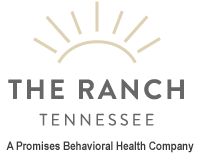With so many young girls developing eating disorders in the United States, it can leave parents wondering whether or not there is a problem plaguing their own daughters. The reality is that there are symptoms that are noticeable and can give parents a heads-up that there is something going on with their little girl. In this Bliss Tree report, a list of 10 overlooked eating disorder symptoms was revealed. This list is important simply because eating disorders can be a very secretive disease and young girls – or boys – trying to hide it may go to great lengths to do so. There are common symptoms, but also other symptoms that may seem normal or attributed to something else. Below you will find a list of 10 eating disorder symptoms to watch out for in your own home: 1. Changes in appearance – your child may appear sick or tired, hair and skin may appear sallow or dry. 2. Toothbrush is worn down – bulimic patients tend to brush their teeth more than twice a day. 3. Unusual eating habits – this may be a given, but it should be noted that anorexics still eat, just not a lot. 4. Marks on knuckles – bulimics may have sores, bruises or scars on their knuckles from using their fingers to purge. 5. Complaints of dizziness – this can be caused by low blood sugar or dehydration. 6. Purging at all hours – just because the individual isn’t throwing up right after meals doesn’t mean it isn’t happening. 7. Grocery Store Habits are Strange – no regular schedule or inventory selection. 8. Measurements – always using a personal scale and/or measuring tape. 9. Exercise Schedule – very rigid. 10. Using diet pills.
Call for Immediate Help:1.844.876.7680
